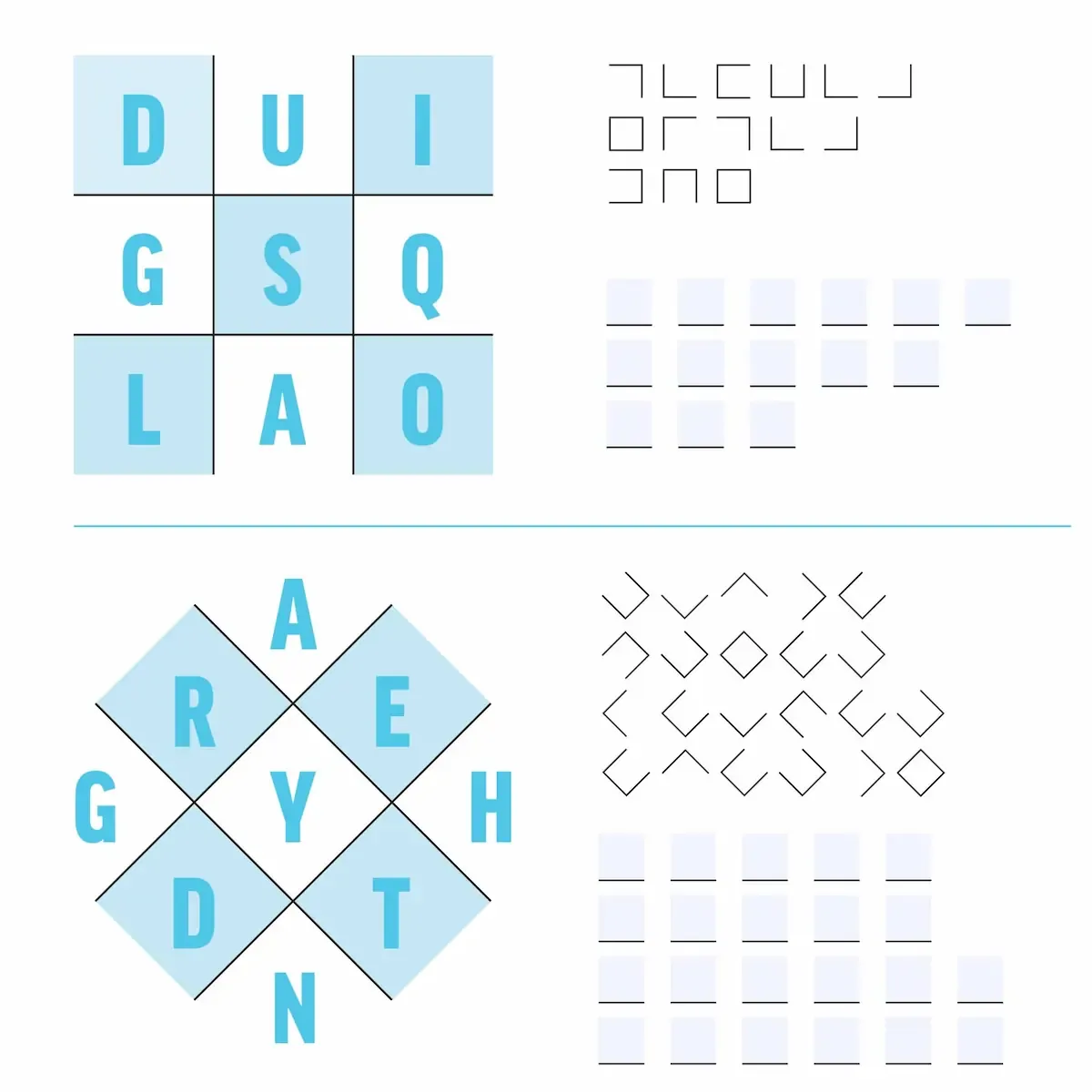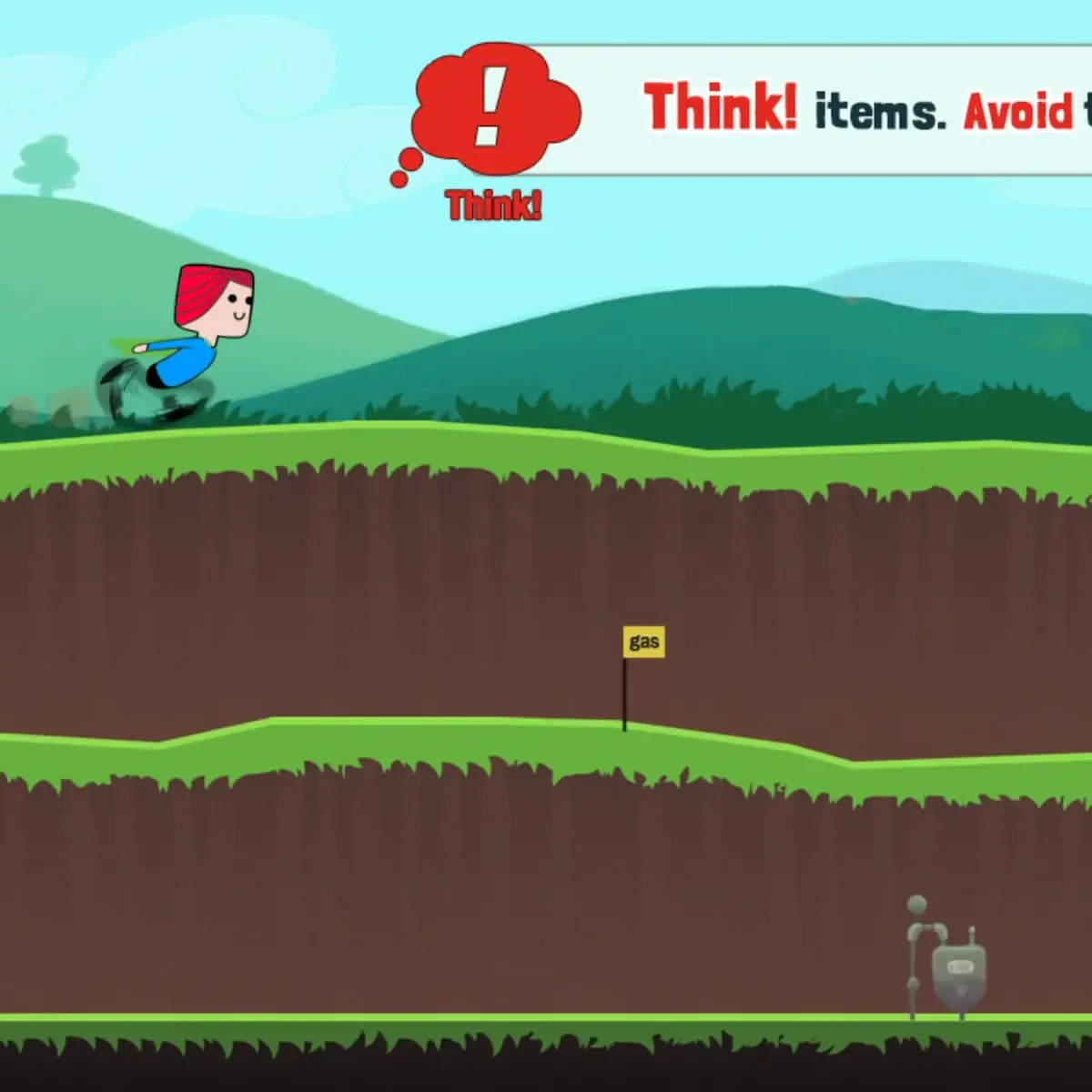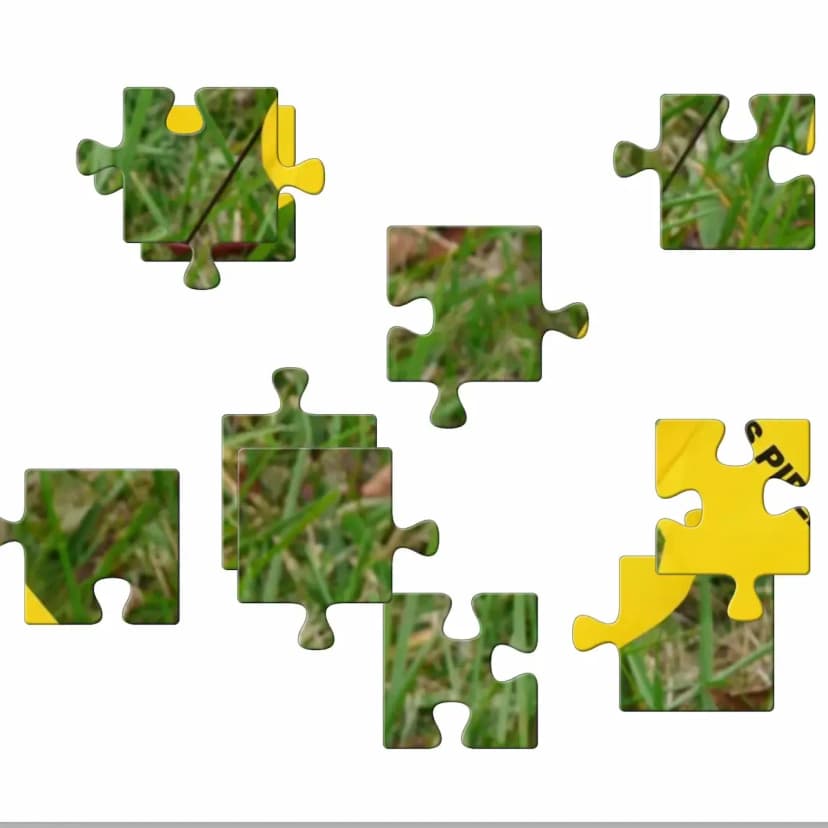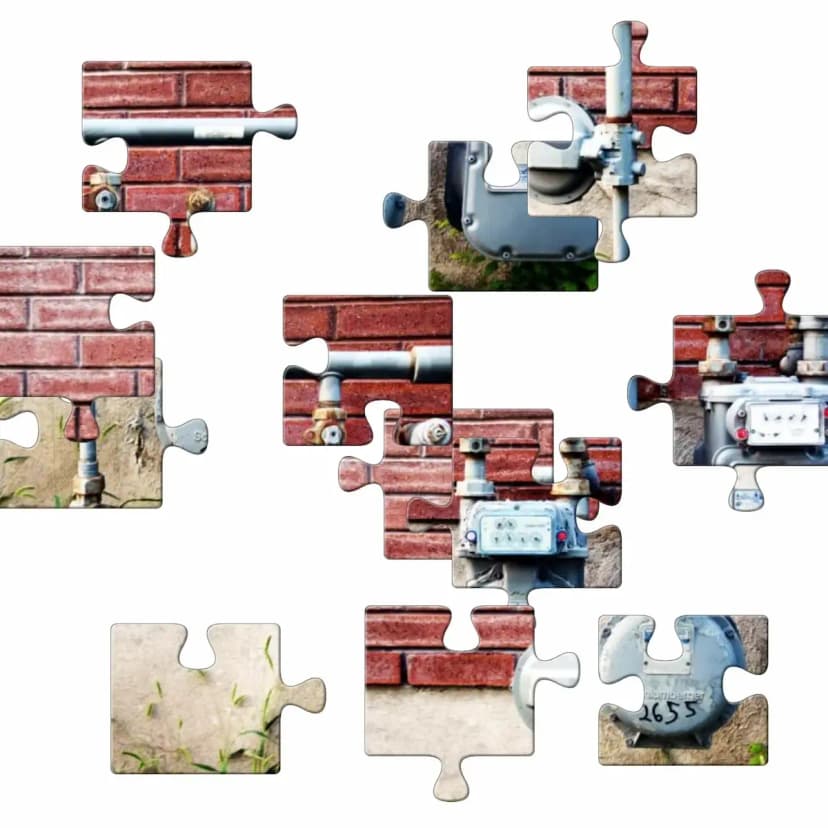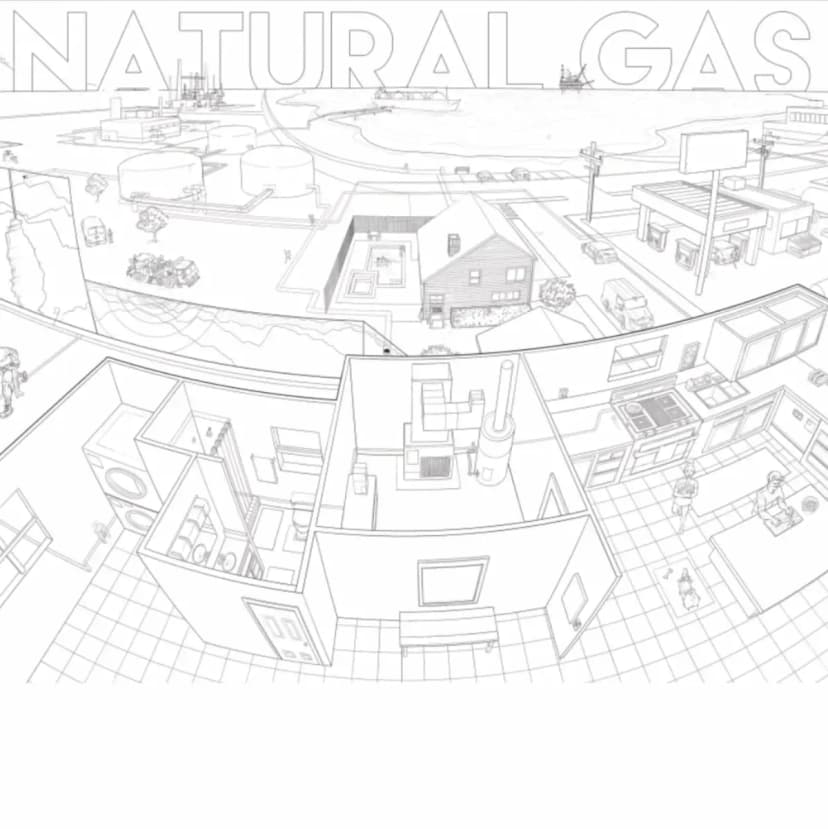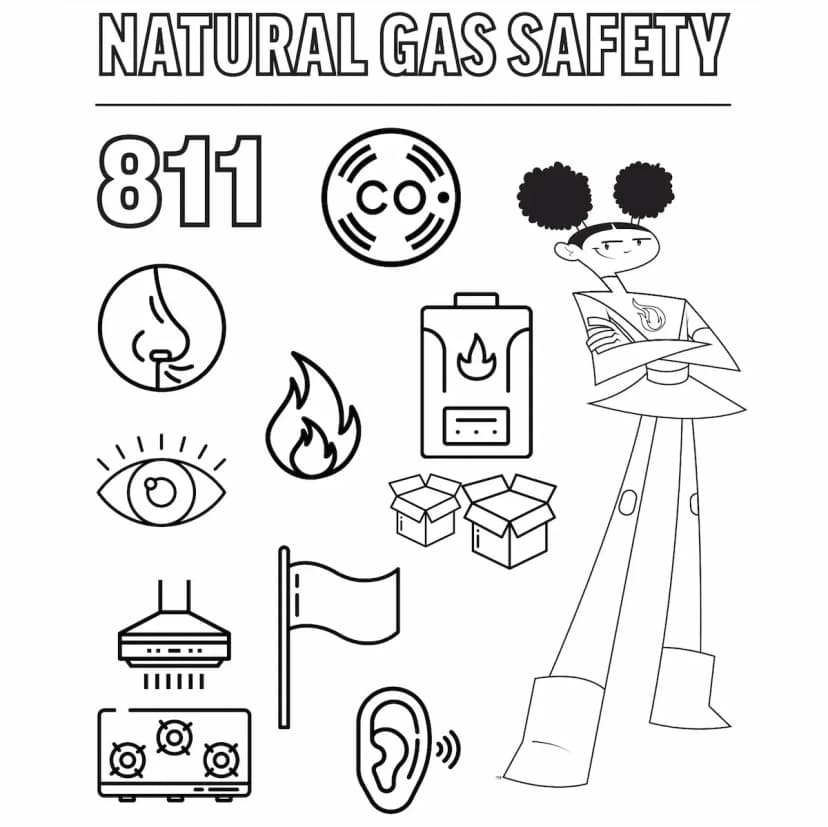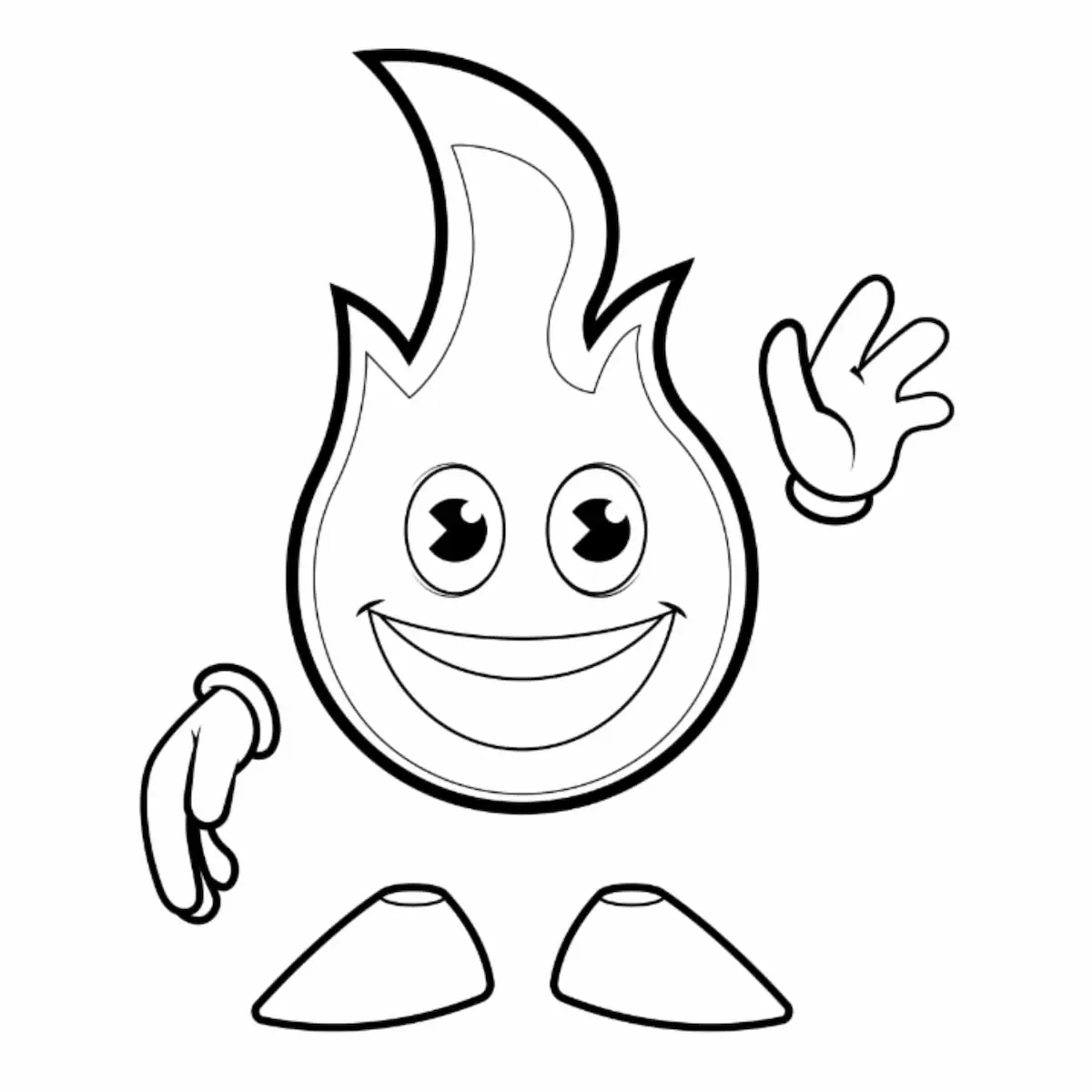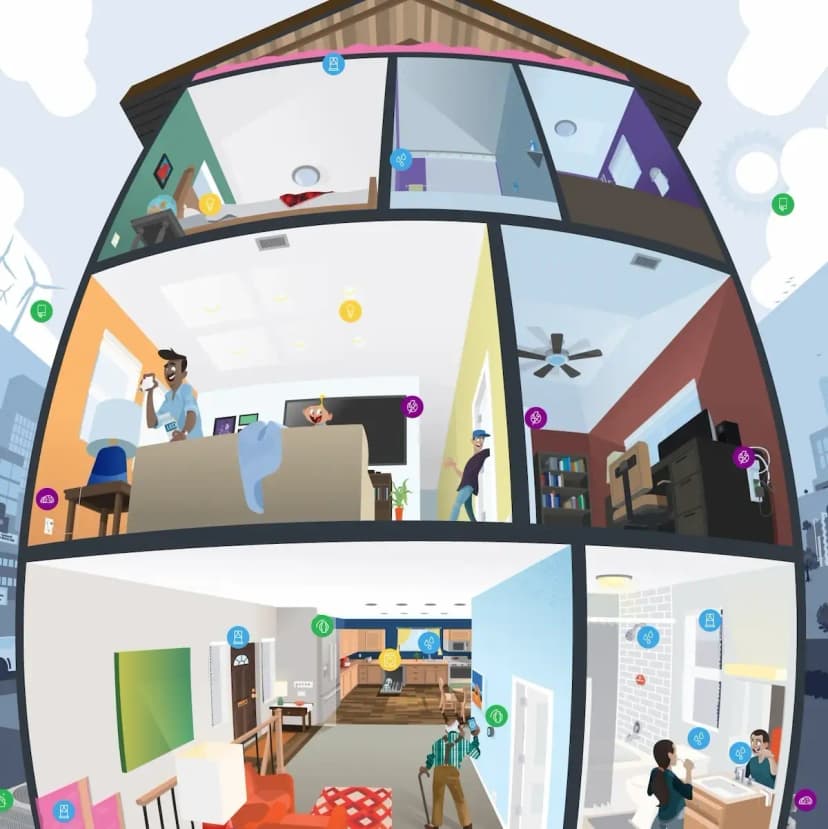Student Resources
Energy Resources for Students
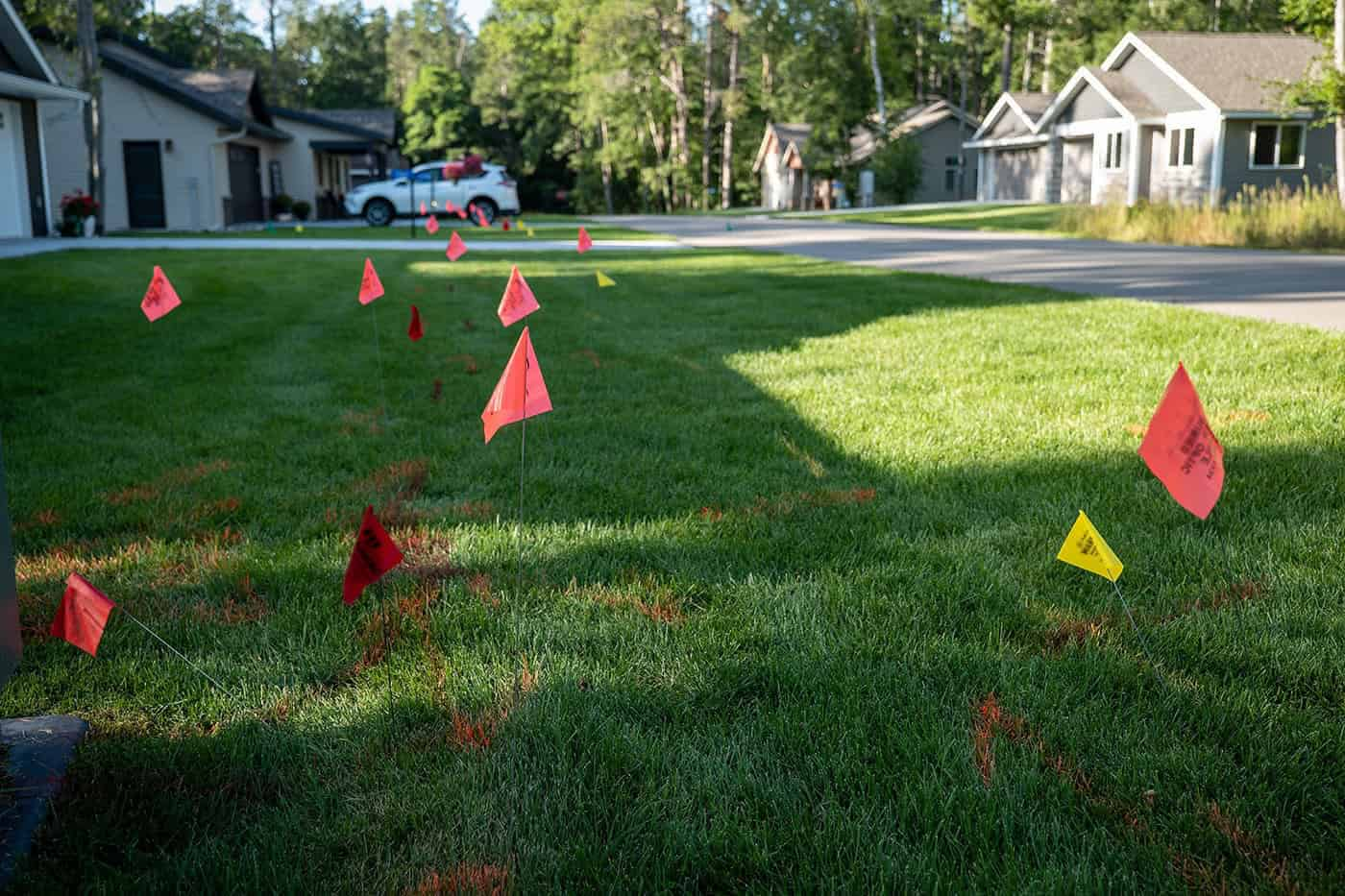
Be Safe Around Natural Gas
Natural gas leaks are rare, but it is important to know and be able to recognize the signs of a natural gas leak. We use our eyes, ears and nose to detect a leak.
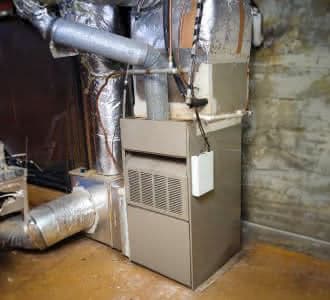
 Store flammable materials AWAY from your stove, furnace or water heater as they can catch fire.
Store flammable materials AWAY from your stove, furnace or water heater as they can catch fire.Good air circulation for natural gas appliances (stoves, ovens) and clean filters (in furnaces and clothes dryers) also help appliances run efficiently.
Set your water heater at 120 F (49 C) for safety and efficiency. If you have a suppressed immune system or chronic respiratory disease, you may need a higher setting.
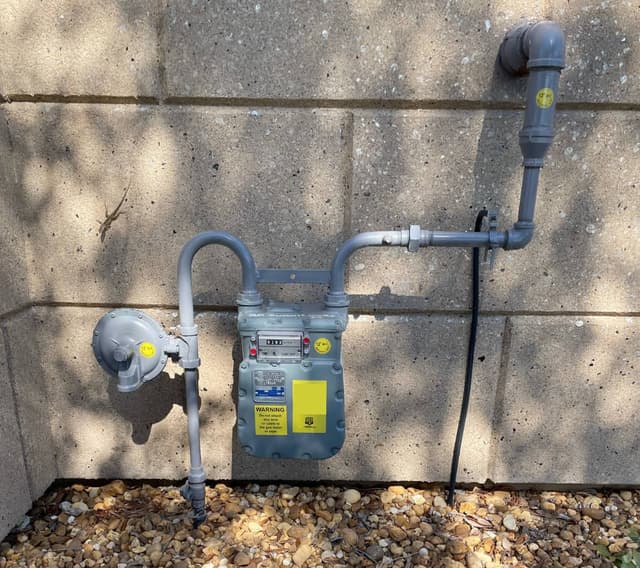
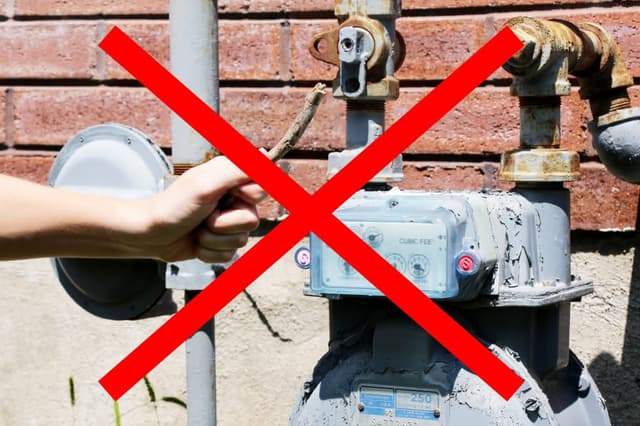
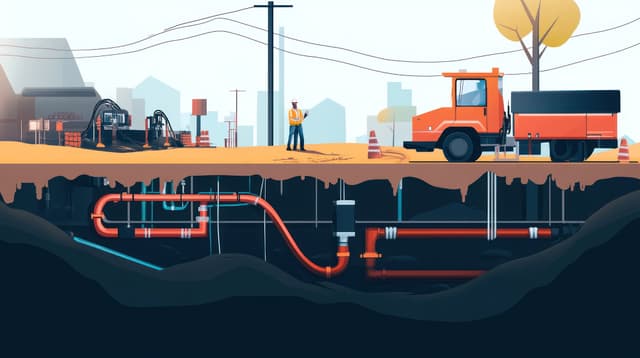
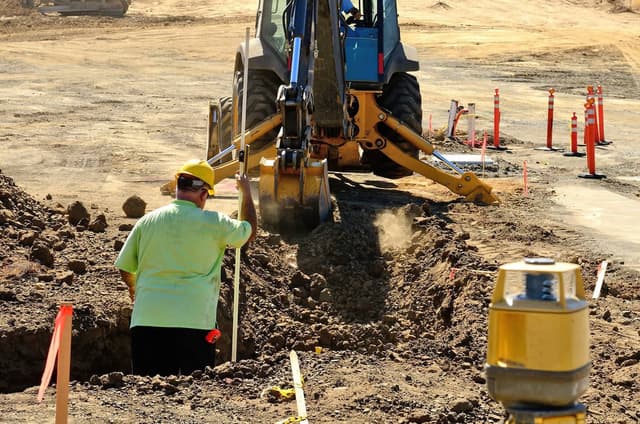
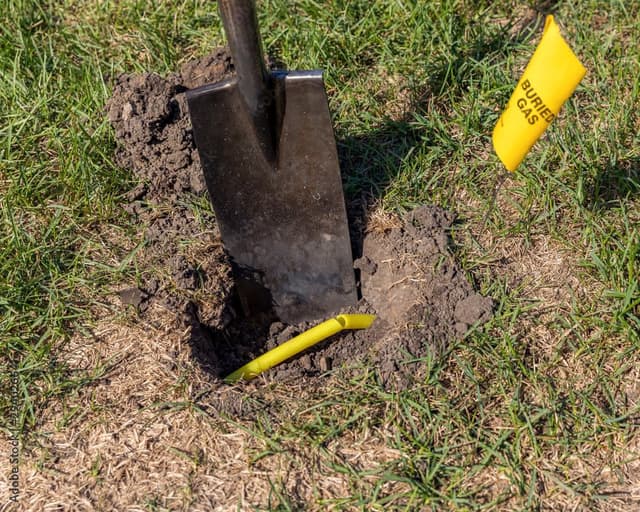
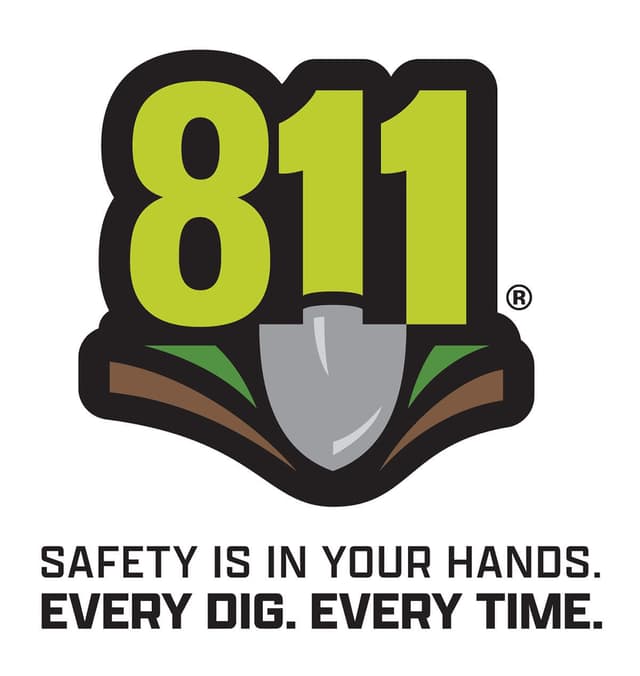 Knowing good safety guidelines can help you use natural gas wisely in your home and community.
Knowing good safety guidelines can help you use natural gas wisely in your home and community.Do not play on or around natural gas meters or equipment. If you see snow or ice near or on outside natural gas equipment, tell an adult and have them safely clear it away. Prevention and wise usage are the first steps to safety. To be an Energy Safe Kid, play far away from natural gas equipment such as meters or pipelines.
Digging causes most natural gas leaks and safety concerns.
If you dig before finding out where underground cables and pipelines are located, you risk hitting and damaging them.
Have your family call 811. You can help keep your family safe by having an adult call 811 before you dig.
Marker Flags
Every state has a system of marking property with colored flags or paint to show the location of underground cables or pipelines.
These flags are color coded for the type of pipelines they mark.
Natural gas pipelines are marked with yellow flags.
All marker flags have an important job, such as marking the underground cables and pipelines that bring us natural gas, water, cable TV, etc.
We should never move them, take them out or dig near them.
Call 811 before you dig!
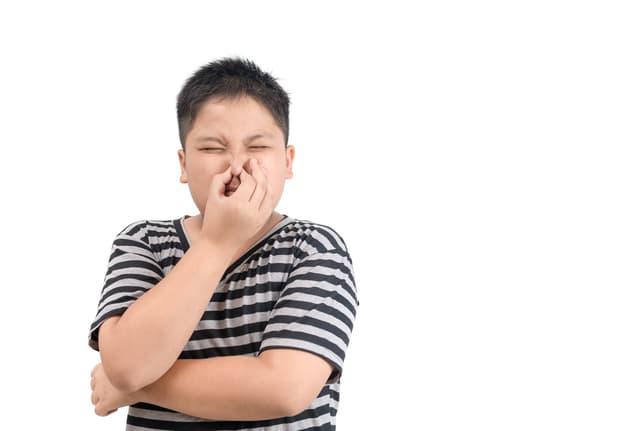
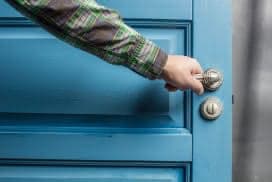
 If you suspect a natural gas leak, leave your house immediately, tell an adult and call 911 from a safe distance.
If you suspect a natural gas leak, leave your house immediately, tell an adult and call 911 from a safe distance.How to Recognize a Natural Gas Leak
To help you SMELL a leak, natural gas companies add a stinky smell, called mercaptan, as a safety measure.
A leaking natural gas pipe might make a hissing sound you can HEAR.
Outside, near a gas leak, you might SEE blowing dirt, bubbling water or a small area of dead plants.
If You Suspect a Natural Gas Leak
Do not use any device that might cause a spark (using a phone, turning off/on the light switch, opening/closing the garage door).
Do not light a match, turn on your car or any motor.
Do not try to repair the leak. Leave that to the professionals to fix.
Finally, return only when a natural gas company employee says it is safe to return.

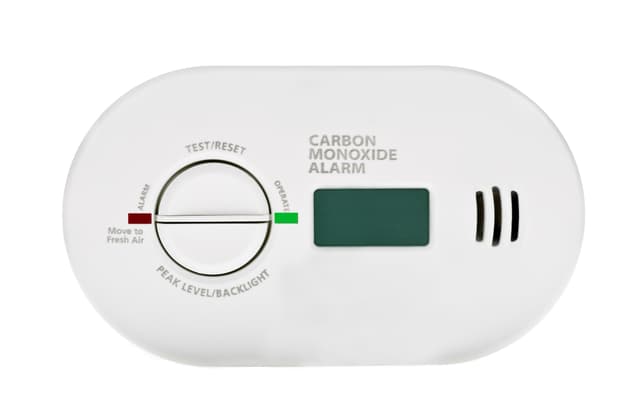
 Sometimes when natural gas or propane does not have enough air, it does not burn correctly and it creates carbon monoxide.
Sometimes when natural gas or propane does not have enough air, it does not burn correctly and it creates carbon monoxide.This is an odorless, colorless, tasteless gas that is very toxic. Carbon monoxide can cause illness and, in extreme cases, even death.
Know the Symptoms of Carbon Monoxide Poisoning
- Flu-like symptoms that go away when you leave the house
- Sleepiness, irritability and an inability to concentrate
- Nausea and vomiting, shortness of breath, convulsions and unconsciousness
If you have these symptoms and think you may have carbon monoxide poisoning, get outside, get safe and call 911.
Safety tip:
Make sure there is a carbon monoxide detector in your home. It acts just like a smoke alarm but for carbon monoxide gas. Install the detectors in your living and sleeping areas.
Prevention:
- Make sure all fuel-burning appliances have good air circulation and all vents, flues and chimneys are clear and inspected regularly.
- Never run a car inside the garage or use outdoor grills or appliances inside.

Student Take-home Booklets
Build your knowledge using the activity booklet. Click on the booklet and learn how to be an Energy Safe Kid.
Do the “Home Safety Checklist” with your family. Find out how you can improve safety in your home. Click on the link.
Primary Booklet
Intermediate Booklet
Flag Colors
Natural Gas Home Safety Checklist

Videos
View fun videos to learn more about natural gas and electricity and for important safety messages.
Call 811 Before You Dig
Red's Five Steps for Safer Digging
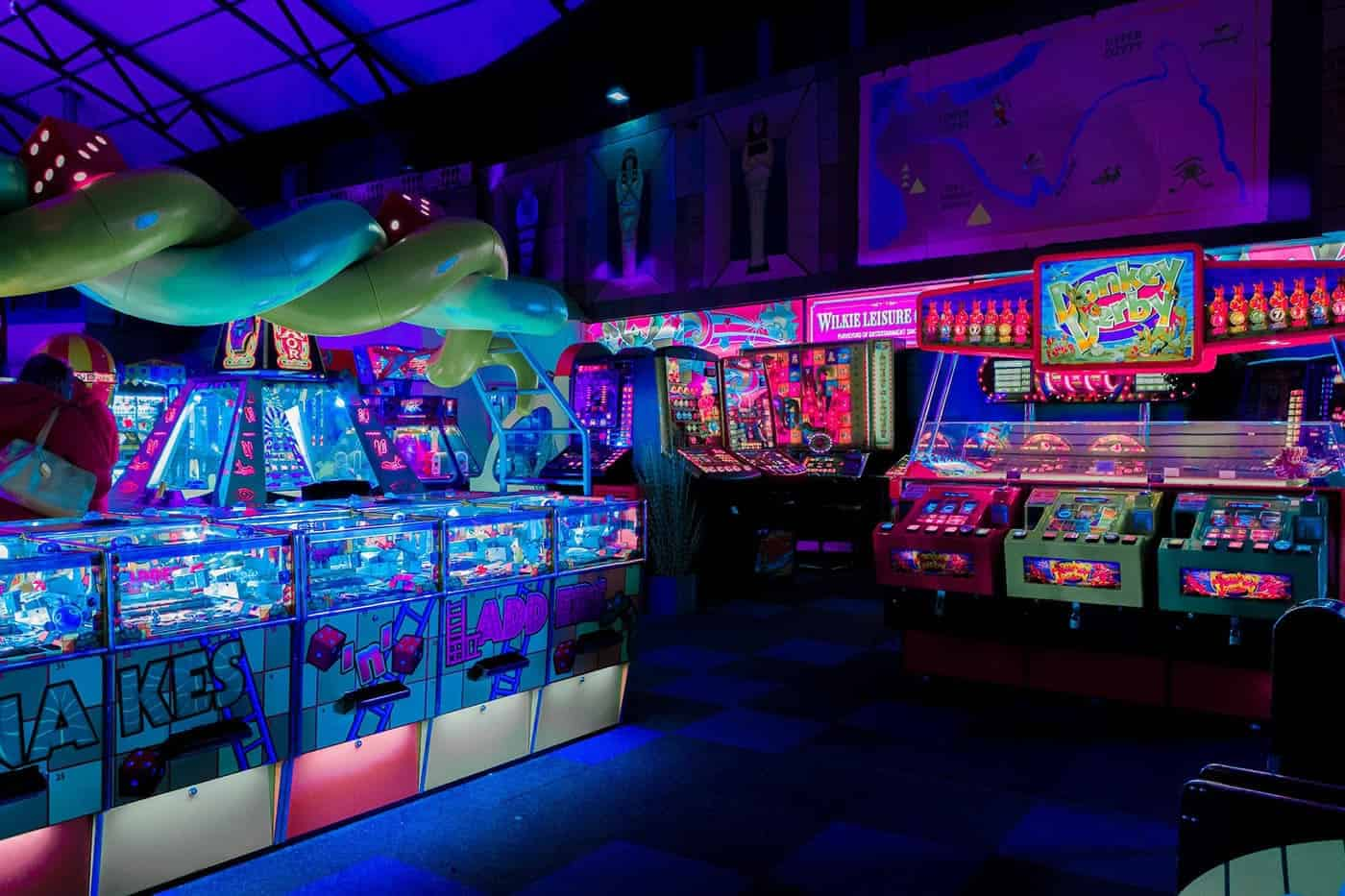
Games and Activities
Interactive poster games are fun, just click on the numbers on the poster and answer questions to restore the letters. These poster games are in English and Spanish. The “Natural Gas Safety Game” is an interactive game about natural gas safety and digging. You get to dig safely after answering questions. Play “Solve It,” “Natural Gas Code,” “Word Search,” puzzles and more to learn about safety. Download coloring activities.


